700-year-old synagogue found in abandoned cocktail bar in Spain. Take a look inside
Through a regal stone archway and down a white-painted alleyway, a nondescript building in southwestern Spain hides an extraordinary secret. A stone mosaic and tile sign — Niño Perdido — are the only indication of what lies beyond the blank facade.
Tucked in the heart of Utrera sits an abandoned bar: the Niño Perdido or the Lost Child, reported the Spanish outlet La Razón. Before its abandonment, the centuries-old building functioned as a hospital, a place of Catholic worship as well as the bar.
When the Utrera City Council purchased the building in 2018, preliminary surveys suspected the abandoned bar might be a medieval Jewish synagogue, The Guardian reported in 2021.
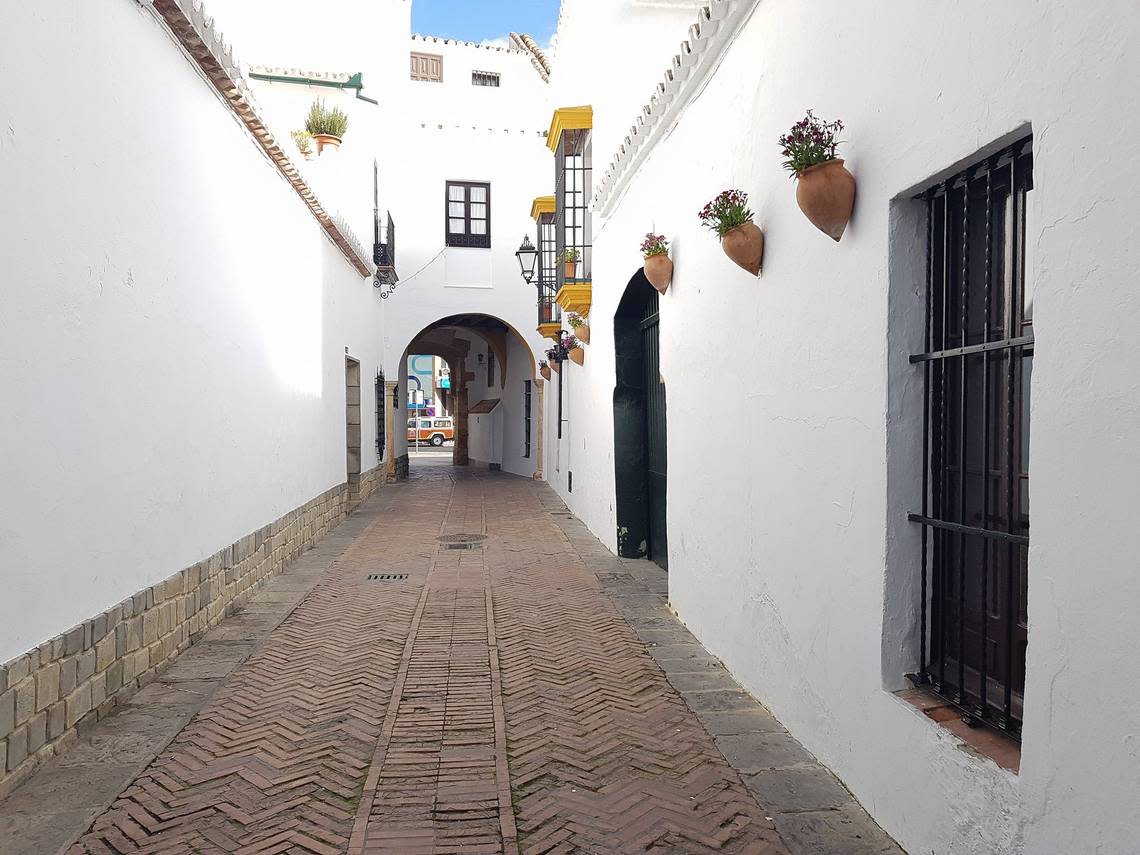
The theory stemmed from a single line written by one historian in 1604, who mentioned that Jewish people used to pray where the Hospital de la Misericordia stood, the outlet reported. Preliminary surveys suspected Niño Perdido might be that site.
The city began formal archaeological excavation in 2021, the newspaper Utrera Web reported at the time. The excavations peeled away the building’s colorful pink and yellow layers and deconstructed structures from the site’s hospital days.
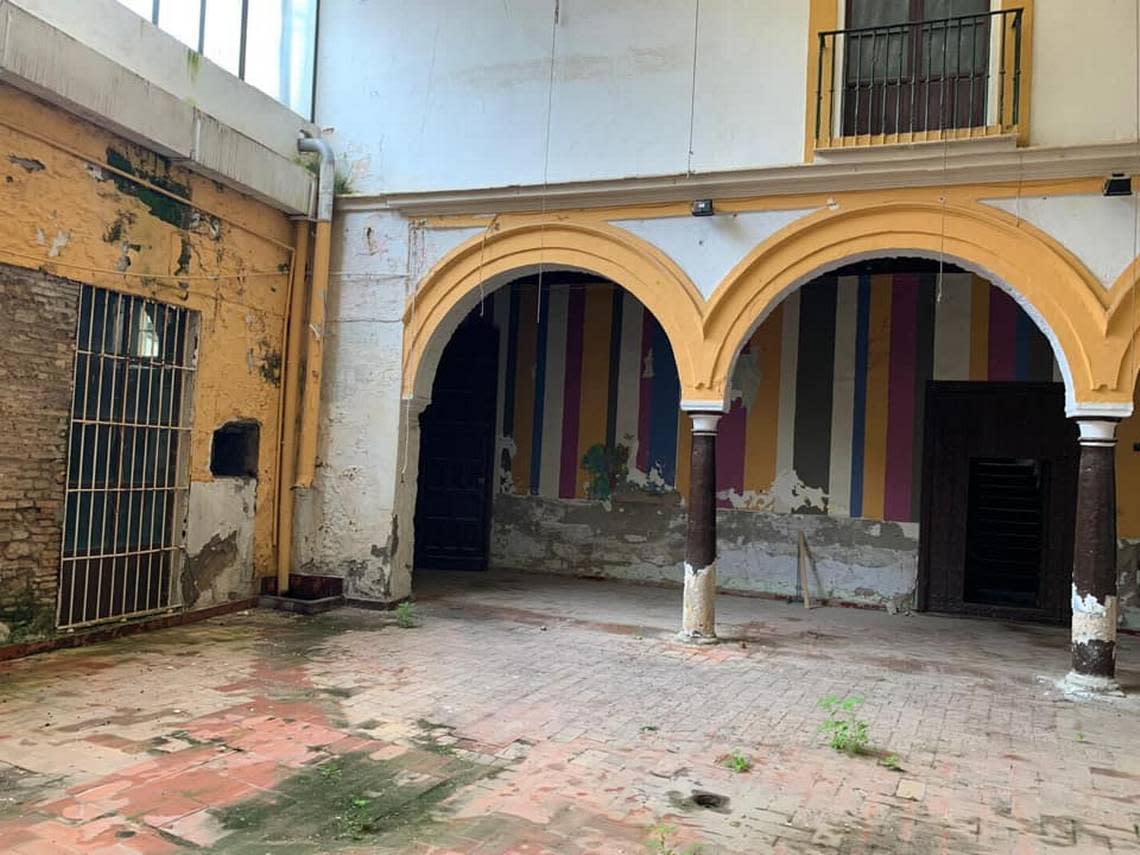
A very different building began to emerge. Archaeologists uncovered floors, complete rooms and a type of column characteristic of Jewish construction in the 15th century, Utrera Web reported in February 2022.
Then the excavations had a breakthrough.
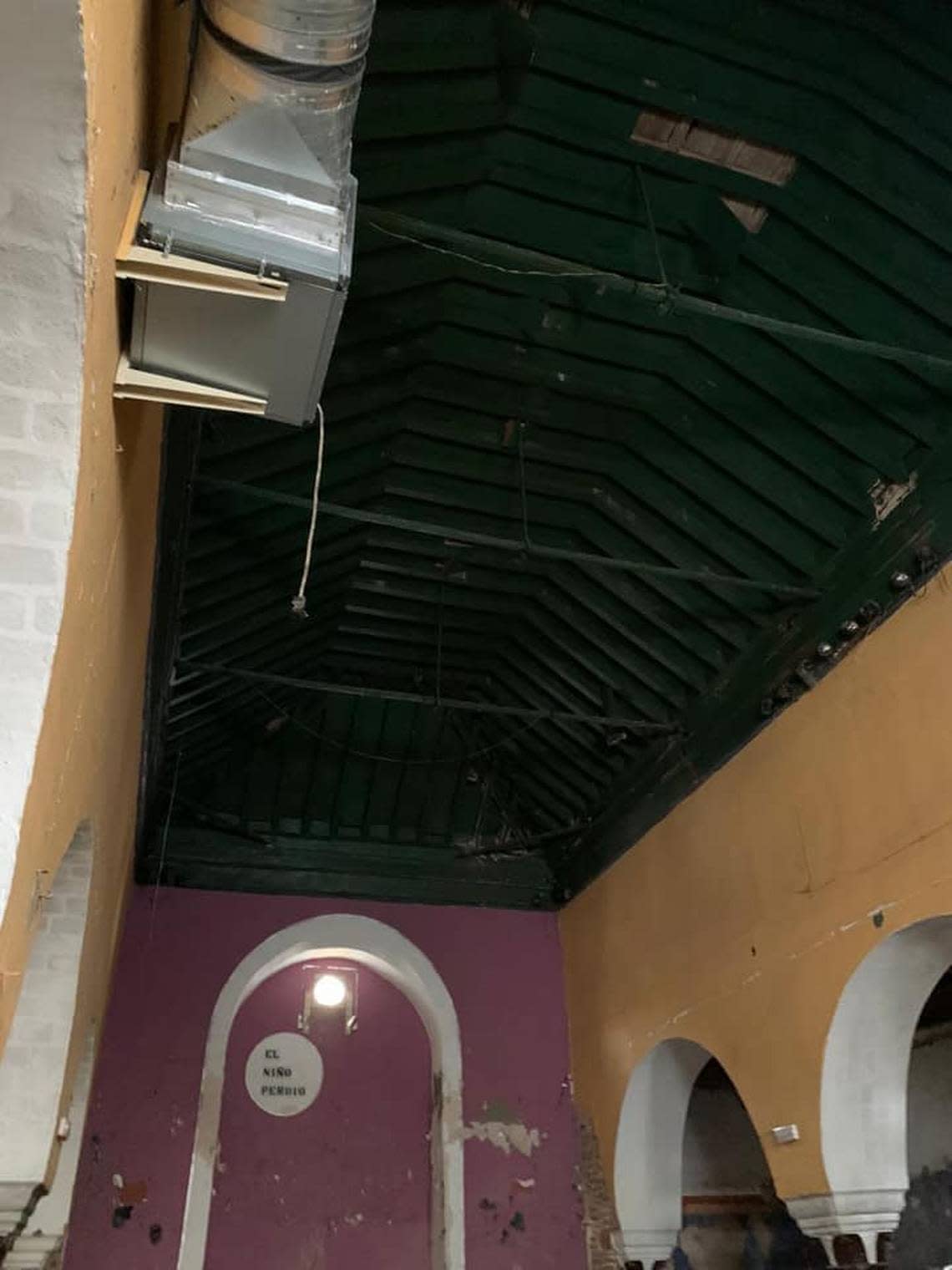
“The fundamental elements of the synagogue, such as the entrance hall or the perimeter benches that have emerged in this survey, now confirm that we are indeed in the prayer hall,” archaeologist Miguel Ángel de Dios Pérez said in a Tuesday, Feb. 7, news conference translated by The Associated Press.
Utrera mayor José María Villalobos added, “We now have the scientific certainty that we are standing in a medieval synagogue,” per The Associated Press.
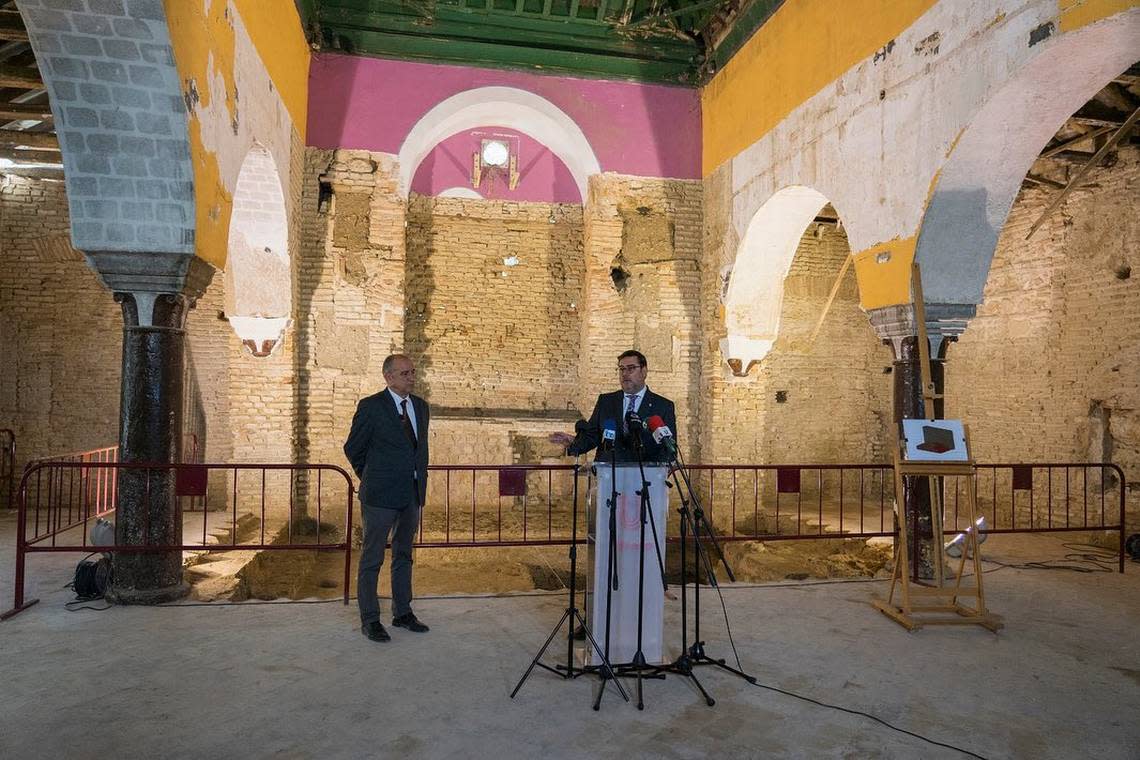
The Niño Perdido contained remnants of a Jewish synagogal complex used during the 14th and 15th centuries, La Razón reported. The building became a hospital in 1492 after the Spanish crown ordered the expulsion of Jews from the country.
“The building has survived over the years — basically because it’s always been in use — even as a bar,” Ángel de Dios Pérez told The Guardian in 2021. “It’s quite weird to walk into the building and see it painted like a pub. It’s very colorful and makes quite an impression. But that’s exactly why it’s survived.”
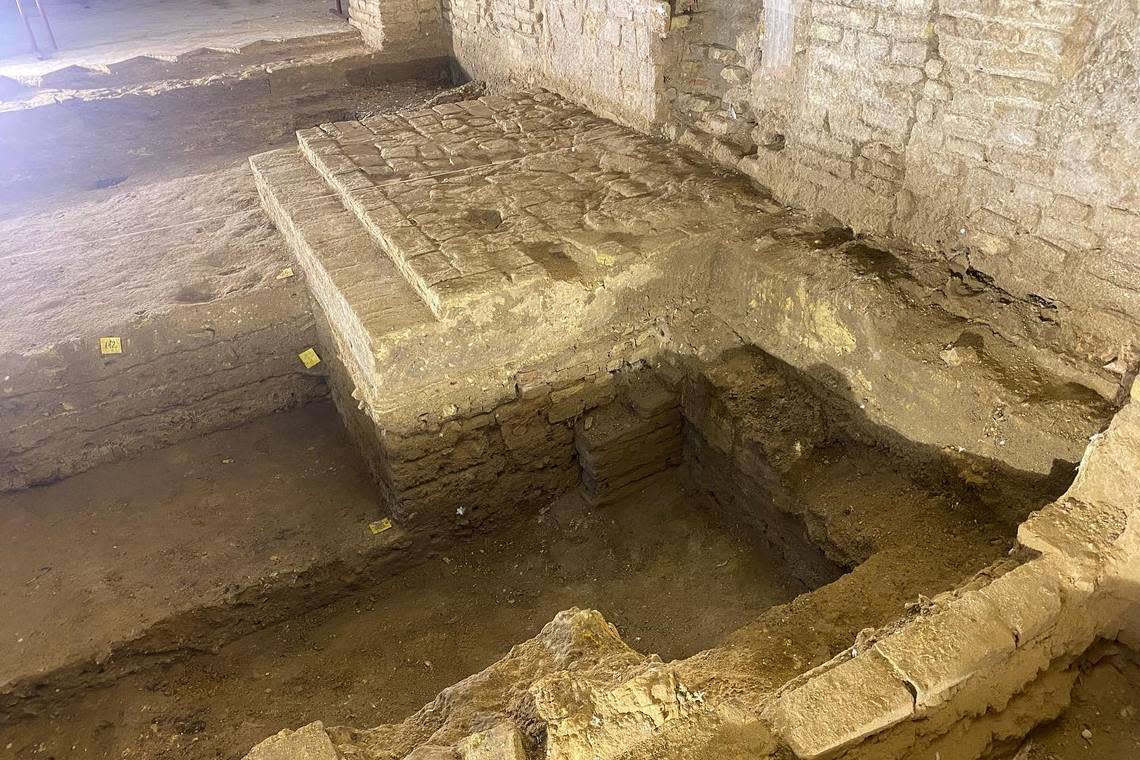
The 700-year-old synagogue is an incredibly rare find, Villalobos explained at the news conference, per The Guardian. “Until now, there were only four such buildings in all of Spain.”
Archaeologists uncovered a small chamber where Torah scrolls would have been kept, further evidence of the synagogue’s presence, La Razón reported. Underneath overgrown plants at the back of the site, they also found a patio. Photos from Villalobos show the progression of excavations spanning multiple years.
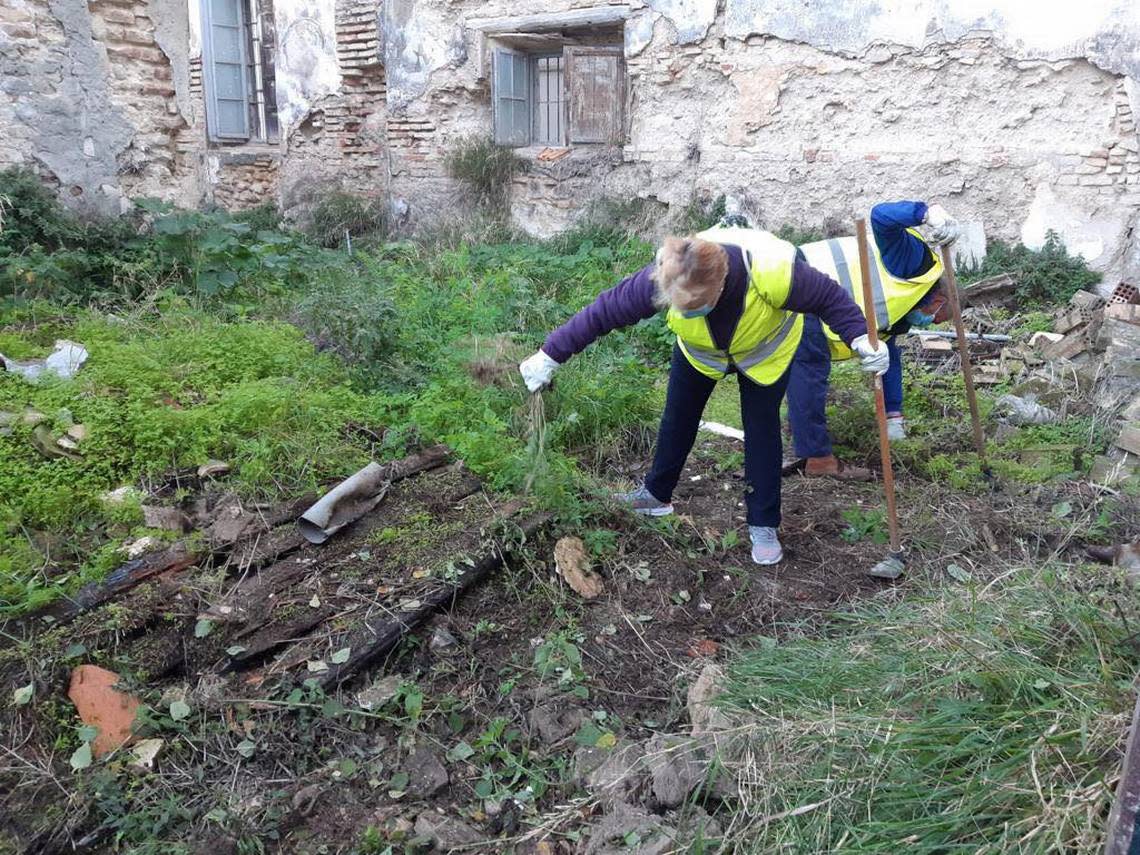
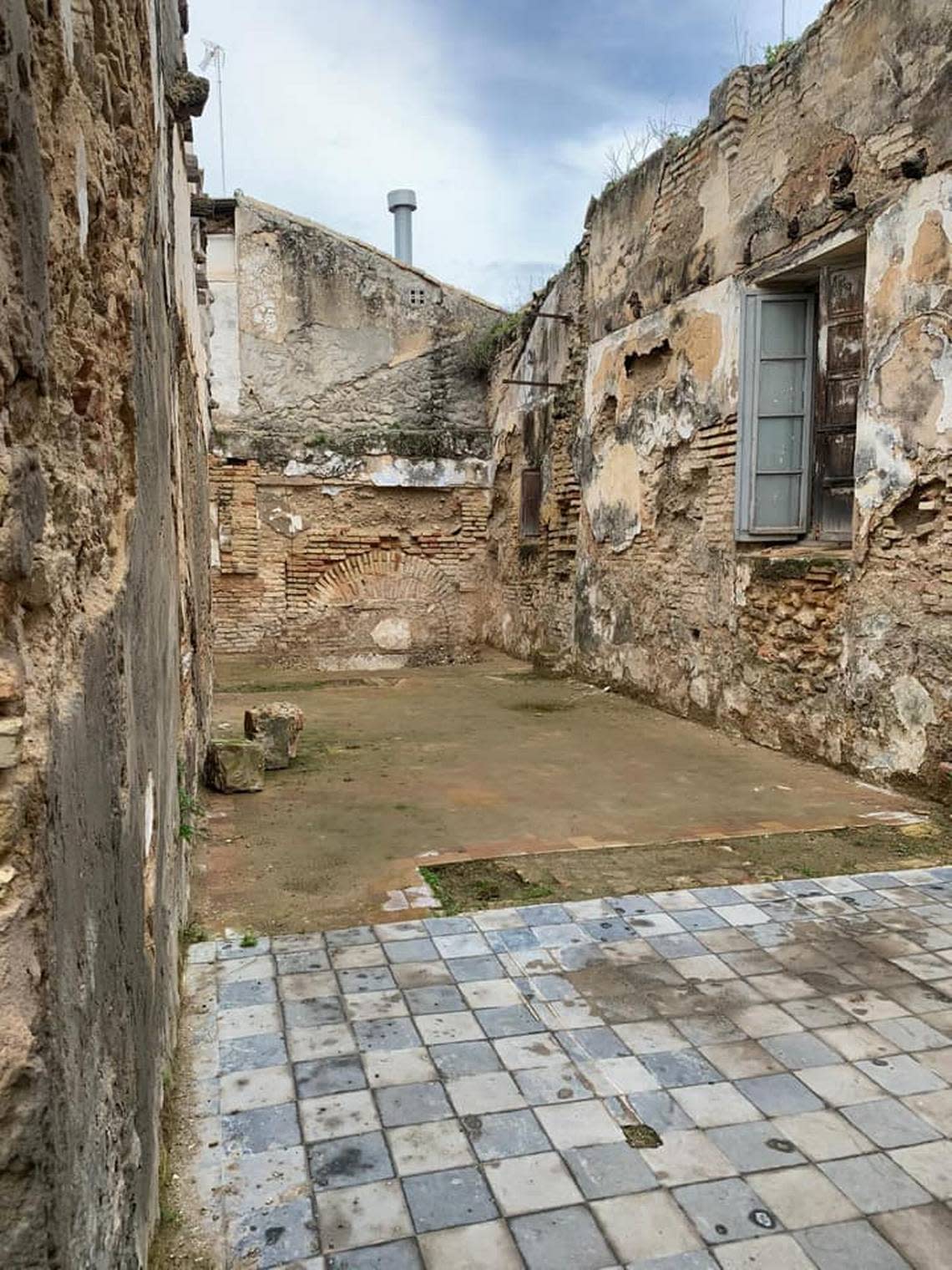
“Apart from the heritage value,” Ángel de Dios Pérez said at the news conference, per The Guardian, “the thing that makes me happiest is knowing that we can get back a very, very important part of not just Utrera’s history, but also the history of the Iberian peninsula.
“The story of the Sephardic Jews was practically erased or hidden for a long time,” he said. “This is like a window, or like a megaphone through which the Sephardic Jews can speak to us.”
Archaeologists will continue excavating the site and hope to find other common synagogue structures, such as a ritual bath and women’s gallery area, La Razón reported. They also hope to find other Jewish structures nearby, such as a religious school or house for rabbis.
While these excavations continue, the city will open the building for the public to visit, The Guardian reported.
Utrera is in the region of Andalusia and about 310 miles southwest of Madrid.
Google Translate was used to translate news articles from La Razón and Utrera Web. Facebook Translate was used to translate news releases from José María Villalobos.
Ruins of 600-year-old convent in Spain hid much older secret — a three-toed footprint
Lost treasures found in toilets of 400-year-old palace in Poland destroyed by Nazis
Weapon? Magic object? Man with metal detector stumbles upon mysterious Roman artifact
